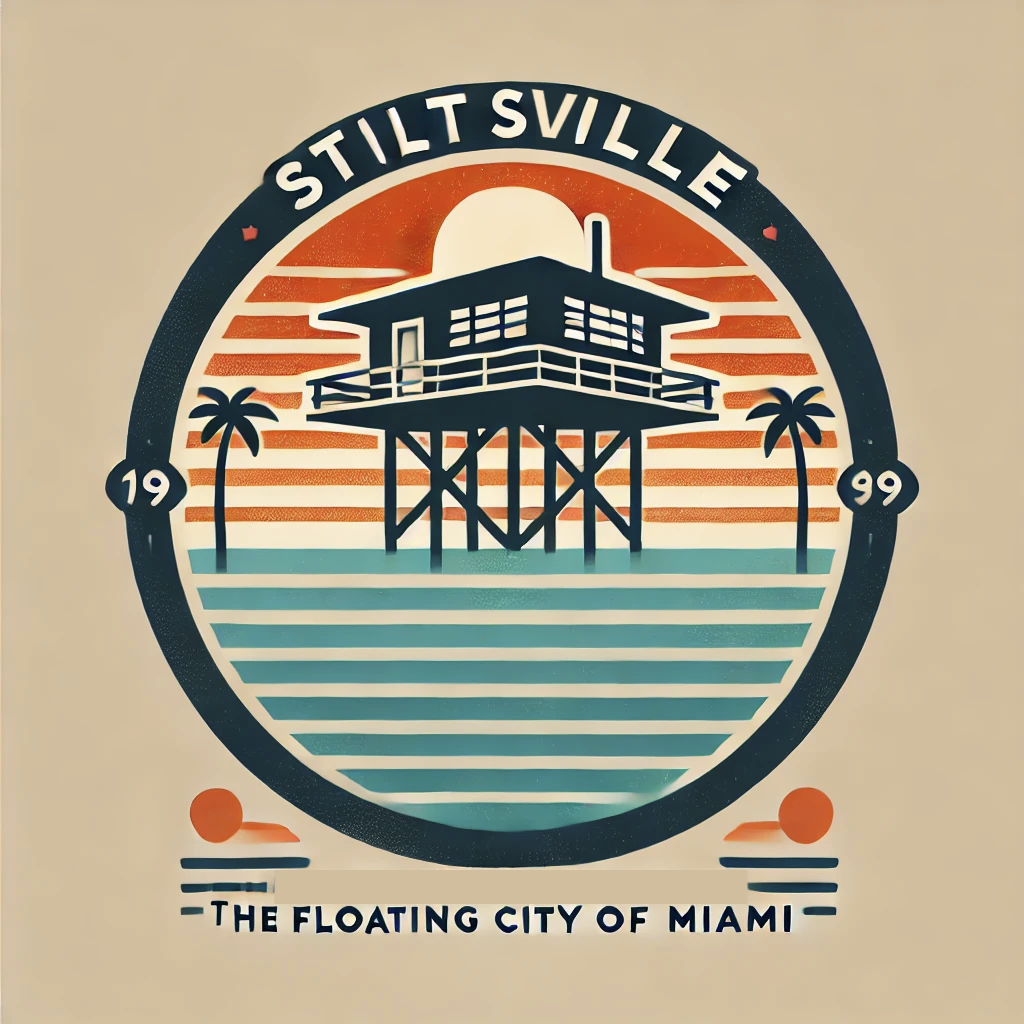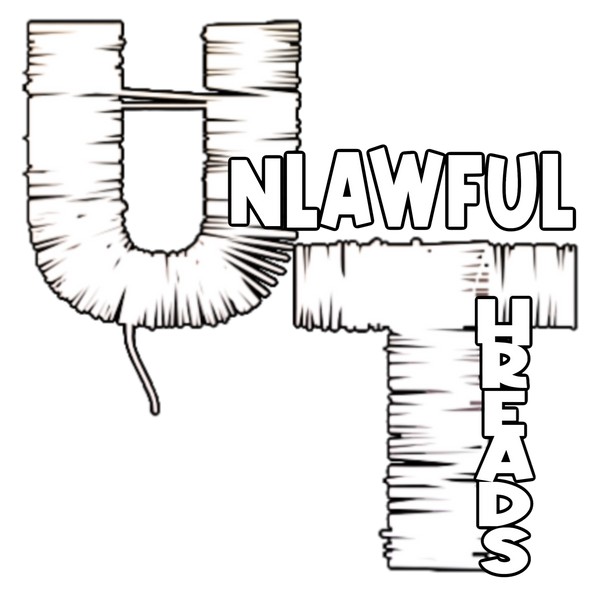
Stiltsville: The Floating Sin City of Miami
Share

"You know the place — that odd collection of shacks perched on wooden stilts in Biscayne Bay. To some, it’s a playground. To others, it’s a relic of wilder days. But for those who know its story, Stiltsville is a symbol of Florida’s most enduring tradition — the refusal to play by the rules."
The Birth of a Lawless Paradise
 It all started in 1938 with a man named Crawfish Eddie Walker, a fisherman with big dreams and even bigger nerve. Perched on wooden stilts above the waters of Biscayne Bay, Eddie built a shack where he served fried fish, Bahama-style chowder — and something else you couldn’t get onshore: poker games.
It all started in 1938 with a man named Crawfish Eddie Walker, a fisherman with big dreams and even bigger nerve. Perched on wooden stilts above the waters of Biscayne Bay, Eddie built a shack where he served fried fish, Bahama-style chowder — and something else you couldn’t get onshore: poker games.
Back then, gambling was illegal on land, but maritime law? That was another story. Eddie’s "offshore" poker room took off, and it didn’t take long for others to follow his lead. New stilt houses popped up, each more extravagant than the last. No leases. No permits. Just wood, nails, and nerve.
The Wild Years
By the 1950s, Stiltsville was in its prime — a floating party town for Miami’s elite. The most famous of them all was The Quarterdeck Club, a stilt house so infamous that even Frank Sinatra was rumored to have visited.
Bankers, lawyers, and politicians showed up in Hawaiian shirts and flip-flops, ready to drink, gamble, and dance the night away. The motto was simple: “What happens at Stiltsville stays at Stiltsville.”
At its peak, there were 27 stilt houses dotting Biscayne Bay. Some were humble shacks. Others were mini-mansions with running water, electricity, and party decks big enough to fit a crowd.
But wild weekends don’t last forever.
The Crackdown
By the 1960s, Stiltsville’s rebellious charm had caught the attention of Florida’s lawmakers. The state was cracking down on offshore gambling, and Stiltsville had become a target.
Officials declared that the floating casinos were illegal and unregulated. Police raids followed, with flashing blue lights cutting across the bay. But Stiltsville’s residents fought back. Some argued they had “squatters’ rights” since they had lived on the water for years. Courts didn’t fully agree, but they didn’t order the houses to be torn down either.
In the end, it wasn’t the government that brought Stiltsville to its knees. It was a storm.
Hurricane Andrew’s Wrath

On August 24, 1992, Hurricane Andrew slammed into South Florida with 165 mph winds. Entire neighborhoods were wiped off the map, and Stiltsville was no exception.
When the storm passed, more than half of the stilt houses were destroyed. Those that remained were battered, leaning, and waterlogged. The wild paradise was suddenly a wasteland of floating debris.
At this point, most people assumed Stiltsville was done for.
The Comeback
But like the gamblers who built it, Stiltsville wasn’t ready to fold. In 1999, something unexpected happened — the government saved it.
Rather than bulldoze the remaining seven stilt houses, the National Park Service declared Stiltsville part of Biscayne National Park, protecting it as a historical site. Owners were allowed to keep their leases, but they had to preserve the houses as cultural landmarks.
Today, seven colorful stilt houses remain, standing tall over the calm waters of Biscayne Bay. They’re no longer wild party spots, but their stories remain. If you squint, you might still see the ghosts of gamblers, sunburned partygoers, and maybe even old Crawfish Eddie calling out poker hands from the deck.
The Lesson of Stiltsville
You can build houses on land. You can build them on water. But if you build them between the two, you’re asking for trouble.
Stiltsville is a story of rebellion, risk, and resilience. It’s about people who saw rules as "optional suggestions" — a Florida specialty. From poker dens to hurricane survivors, Stiltsville has refused to go away.
The old party decks may be gone, but those stilt houses still stand — just as stubborn as ever.

